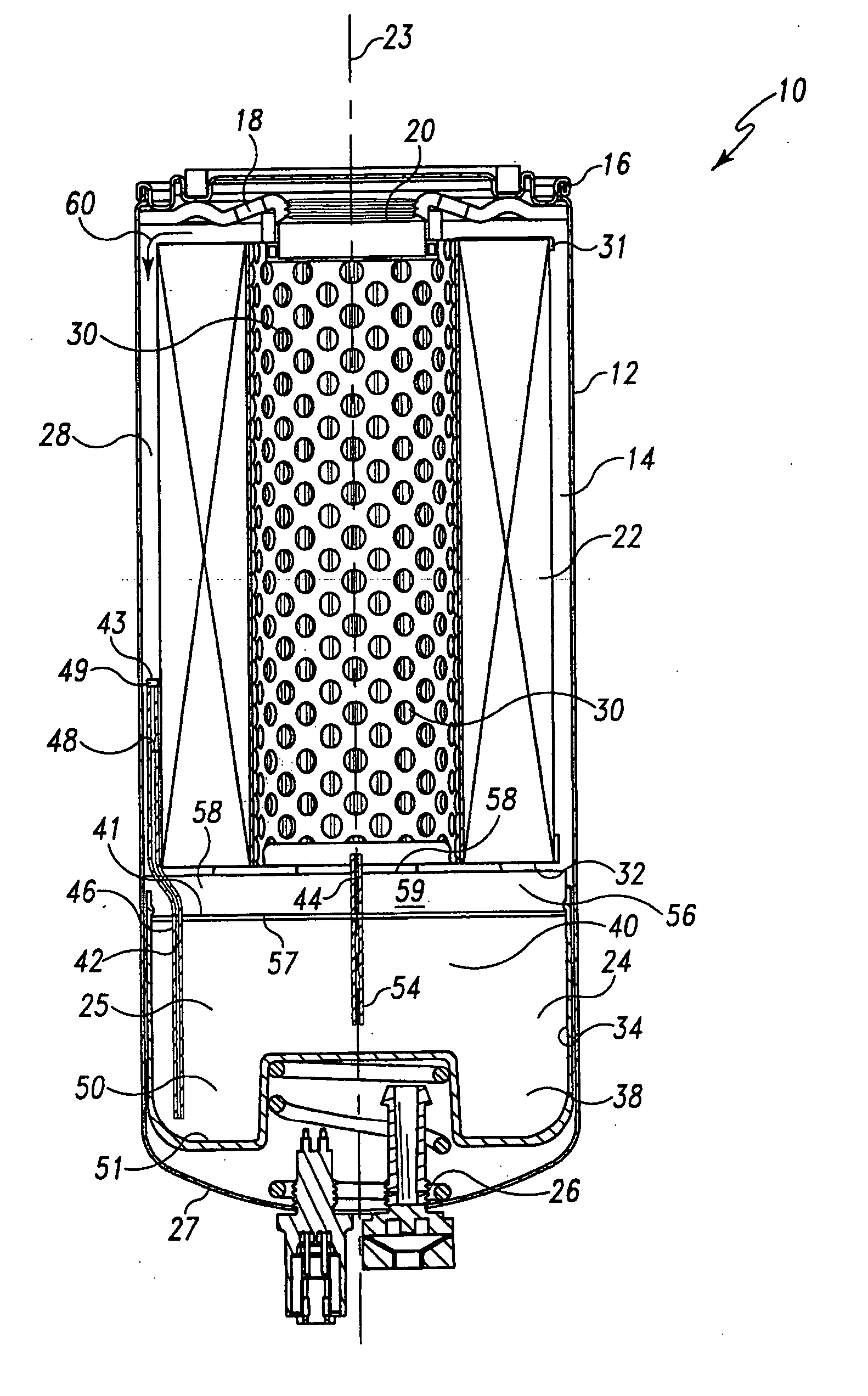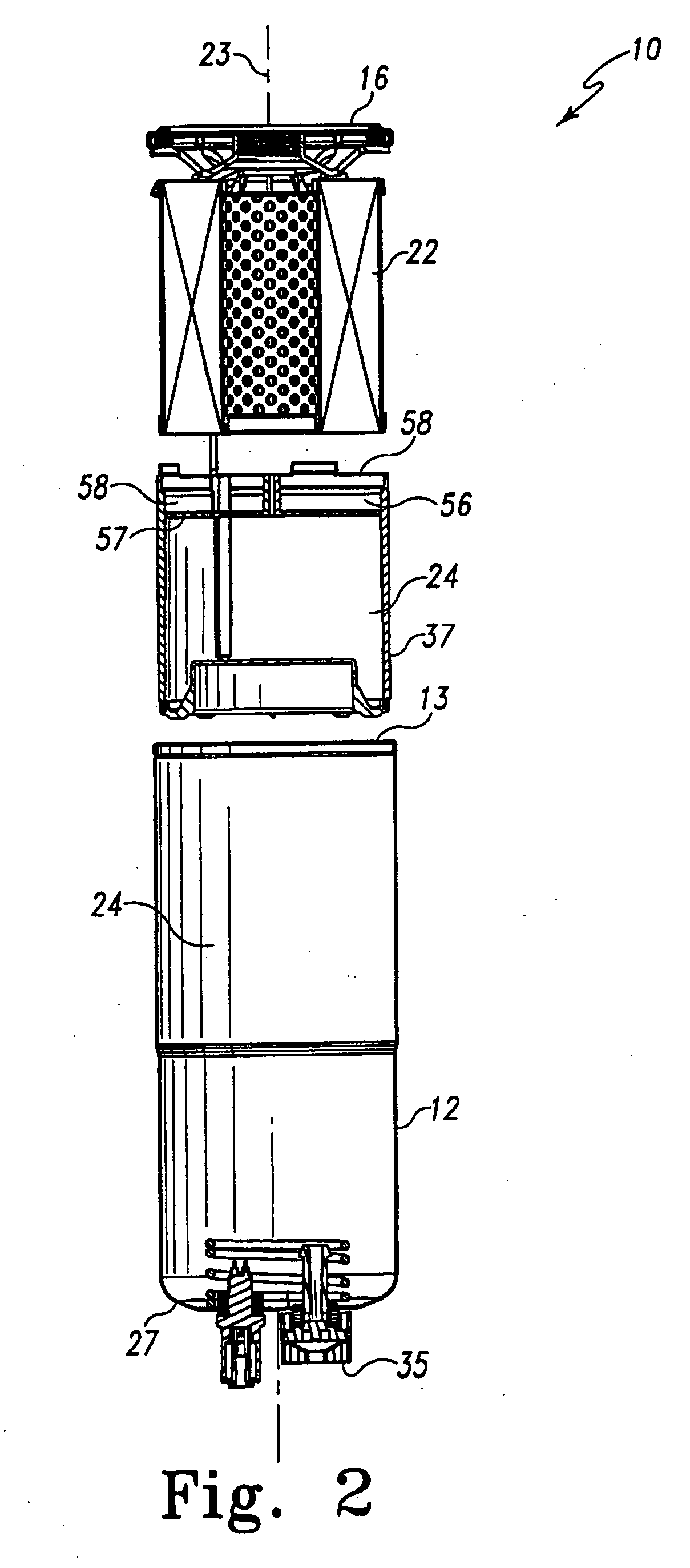Pressure gradient dosing system for fluid supply
a fluid supply system and pressure gradient technology, applied in the direction of liquid displacement, separation process, other chemical processes, etc., can solve the problems of increasing wear on the diesel engine, affecting the overall operation, performance and efficiency of the engine, and even the environment, so as to reduce the prevent damage to the engine and other downstream components, and enhance the engine's performance
- Summary
- Abstract
- Description
- Claims
- Application Information
AI Technical Summary
Benefits of technology
Problems solved by technology
Method used
Image
Examples
Embodiment Construction
Parent Applications
[0077] The following section is taken from the above noted parent applications.
[0078] For the purposes of promoting an understanding of the principles of the parent applications, reference will now be made to the embodiments illustrated herein, and specific language will be used to describe the same. It will nevertheless be understood that no limitation of the scope of the parent applications is thereby intended. Any alterations and further modifications of the described filters, cartridges, and processes, and any further applications of the principles of the parent applications as described herein, are contemplated as would normally occur to one skilled in the art to which the parent applications relate.
[0079]FIG. 1 is a cross-sectional view of a filter assembly 10 provided in accordance with the parent applications. FIG. 2 is an exploded, cross-sectional view of the same filter assembly 10. Filter assembly 10 includes a housing or outer casing 12 defining an ...
PUM
| Property | Measurement | Unit |
|---|---|---|
| Pressure | aaaaa | aaaaa |
| Diameter | aaaaa | aaaaa |
| Length | aaaaa | aaaaa |
Abstract
Description
Claims
Application Information
 Login to View More
Login to View More - R&D
- Intellectual Property
- Life Sciences
- Materials
- Tech Scout
- Unparalleled Data Quality
- Higher Quality Content
- 60% Fewer Hallucinations
Browse by: Latest US Patents, China's latest patents, Technical Efficacy Thesaurus, Application Domain, Technology Topic, Popular Technical Reports.
© 2025 PatSnap. All rights reserved.Legal|Privacy policy|Modern Slavery Act Transparency Statement|Sitemap|About US| Contact US: help@patsnap.com



